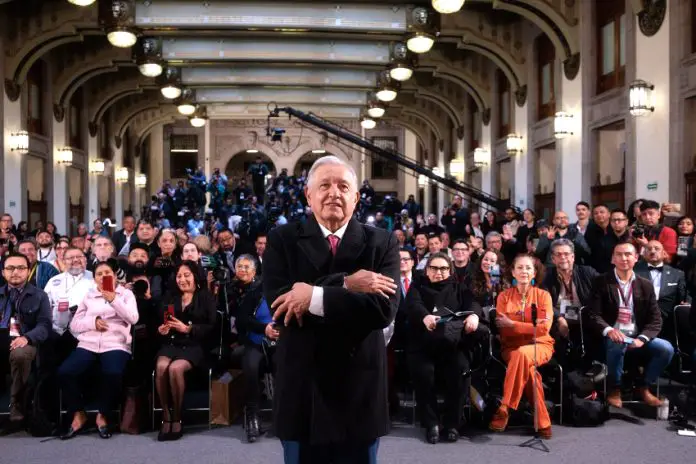This Monday, Sept. 30, is the final day of the (almost) six-year term of President Andrés Manuel López Obrador.
AMLO, as Mexico’s leader is best known, was sworn in as president on Dec. 1, 2018, after winning the 2018 presidential election with over 53% of the vote.
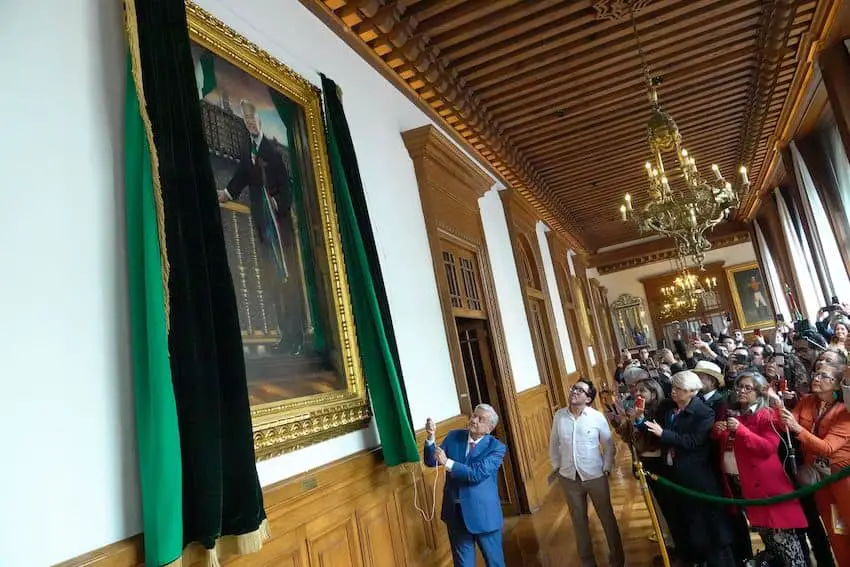
The Tabasco-born septuagenarian has been in office for five years and 10 months, a period during which he presided over more than 1,400 morning press conferences, or mañaneras.
López Obrador was a spritely 65-year-old when he assumed the presidency, and — despite the inevitable aging process, the weight of the job and six years of early starts — the president has maintained his energy, enthusiasm and penchant for lengthy oratory throughout his term in office, even after he encountered health challenges such as repeated bouts of COVID and a fainting episode during a visit to the sultry city of Mérida.
There is no doubt that Mexico has changed in myriad ways during “the AMLO years,” a period the president hoped would come earlier, but which did not due to his defeat in both the 2006 and 2012 presidential elections.
Outlined below are 12 of the changes that occurred in Mexico during the term of the nation’s popular — yet polarizing — president, who plans to spend his retirement at his ranch in the southern state of Chiapas.
Mexico’s minimum wage almost tripled
The minimum wage was just 88.36 pesos per day when López Obrador took office in late 2018.
It is now 182% higher at 248.93 pesos (US $12.65) per day in most of the country, thanks to sizable annual increases during the presidency of AMLO, who has been a strong advocate for higher wages for Mexico’s lowest-paid workers.

Between 2020 and 2023, Mexico’s minimum wage increased more in real terms than that of any other member country of the Organization for Economic Cooperation and Development, or OECD.
Consumer prices also went up
Inflation has been a hard-to-beat scourge during López Obrador’s presidency, especially in the latter half of his six-year term, or sexenio.
AMLO inherited high inflation from his predecessor, Enrique Peña Nieto, with the annual headline rate reaching 4.72% in November 2018, the month before he took office.
By February 2020, just before the COVID pandemic took hold in Mexico, annual inflation was more or less under control at 3.70%, a rate within the Bank of Mexico’s target range of 3%, give or take one percentage point.
However, in the post-pandemic period, inflation reached its highest level in more than two decades, hitting 8.70% in August 2022 and remaining at the same level the following month.
Before those peaks, the federal government implemented an anti-inflation plan. While the impact the plan had is debatable, Mexico’s headline rate has declined significantly since the second half of 2022, and fell to its lowest level since April in August.
However, inflation has mainly been on the rise this year, and given that the scourge reached its highest level in more than 20 years on AMLO’s watch, the current six-year term of government will be remembered by many as a time of significant cost pressures.
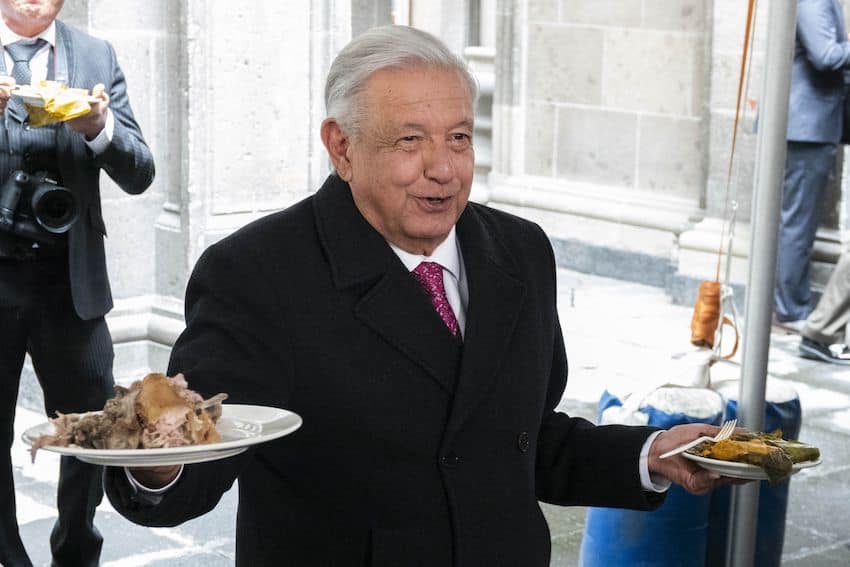
Poverty declined
As federal officials have frequently highlighted, poverty rates have fallen during the term of the current government, which has spent huge amounts of money on welfare and social programs.
While the number of Mexicans living in poverty increased by 3.8 million between 2018 and the end of 2020, largely due to the impact of the COVID pandemic, the figure decreased by 8.9 million in the subsequent two years.
Data published by the National Council for the Evaluation of Social Development Policy showed that 46.8 million Mexicans were living in a “situation of poverty” in 2022, down from 51.9 million at the start of López Obrador’s presidency.
Among AMLO’s favorite maxims are the following: “For the good of all, the poor come first” and “There can’t be a rich government with a poor people.”
The peso strengthened, but not by much
The day before AMLO took office — Nov. 30, 2018 — one US dollar was worth 20.24 pesos, according to the currency exchange website xe.com.
Shortly after 2 p.m. Monday, five years and 10 months after López Obrador took office, one greenback was buying 19.69 pesos.
Thus, the peso has appreciated around 2.8% against the US dollar during the current government.
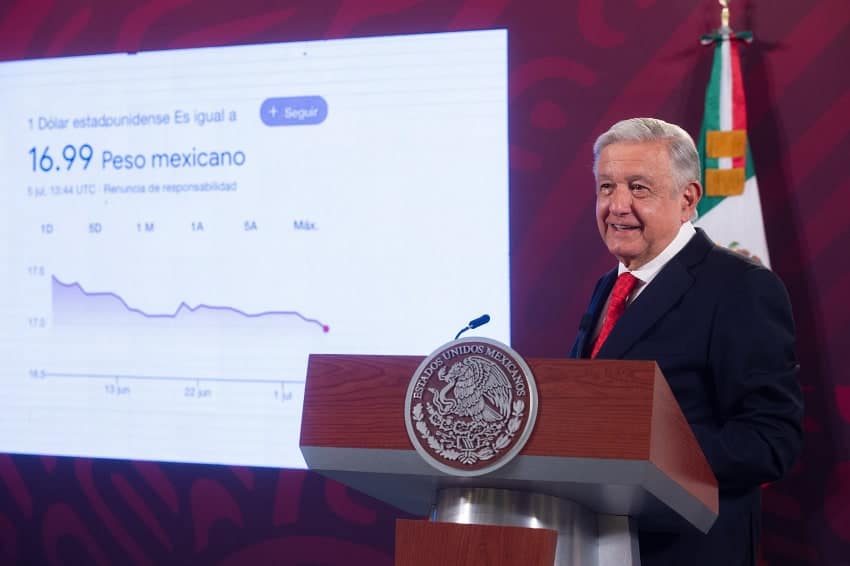
The peso’s strongest position during AMLO’s sexenio was 16.30 to the greenback in April, an appreciation of over 24% compared to the exchange rate at the close of markets on Nov. 30, 2018.
However, the peso has weakened considerably in recent months, in large part due to concern over the federal government’s judicial reform, which was signed into law earlier this month after approval by both houses of Congress.
Mexico became the world’s 12th largest economy
According to the International Monetary Fund, Mexico became the 12th largest economy in the world in 2023.
When AMLO took office in 2018, it ranked 15th.
López Obrador faced some turbulent economic times as president. The Mexican economy contracted 8.5% in 2020 as the coronavirus pandemic and associated restrictions ravaged the economy.
During AMLO’s six-year term, accumulated GDP growth was just 5.28%, meaning that average annual growth was just 0.86%.
The Mexican economy grew considerably more during the sexenios of Vicente Fox (2000-06), Felipe Calderón (2006-12) and Enrique Peña Nieto (2012-18).
Foreign investment increased
Foreign direct investment (FDI) in Mexico totaled US $36.06 billion in 2023, an increase of 14.1% compared to 2018.

López Obrador has frequently said that his government has made Mexico an attractive place to invest, although investors have expressed significant concern about federal policies and laws, including the recently-enacted judicial reform.
While the increase in FDI is a positive, the low levels of “new investment” – i.e. investment by companies that didn’t previously have a presence in Mexico – has worried some experts, especially considering that the country is currently amidst what has been described as a “once-in-a-generation opportunity” to attract foreign capital.
Some observers believe that the judicial reform will act as a significant deterrent to nearshoring to Mexico, but soon-to-be president Claudia Sheinbaum has asserted that investors have nothing to worry about.
The USMCA took effect
The North American Free Trade Agreement, or NAFTA, was still in effect when AMLO took office on Dec. 1, 2018.
But just over 1 1/2 years later, on July 1, 2020, the pact was superseded by the United States-Mexico-Canada Agreement, or USMCA (known as T-MEC in Mexico and CUSMA in Canada).
While the USMCA was negotiated before López Obrador was sworn in, the president has championed the agreement and the trade relationships Mexico has with the United States and Canada.
During his presidency, Mexico became the world’s biggest exporter to, and top trade partner of, the United States.
A review of the USMCA is scheduled for 2026.
Large infrastructure projects sprang up all over the country
A number of large infrastructure projects that didn’t exist before AMLO took office now dot the Mexican landscape. Among the projects built by the federal government are:
- The Felipe Ángeles International Airport (AIFA) just north of Mexico City, which opened in 2022.
- The Tulum International Airport, which opened late last year.
- The Olmeca (Dos Bocas) Refinery on the Tabasco Coast, which has begun refining but is not yet operating at full capacity.
- The Maya Train railroad, most sections of which are in operation.
- The Puerto Peñasco solar plant, which began operations last year.
- The Federal Center for the Storage and Distribution of Health Supplies, a government facility in México state known as the “Well-Being Mega Pharmacy.”
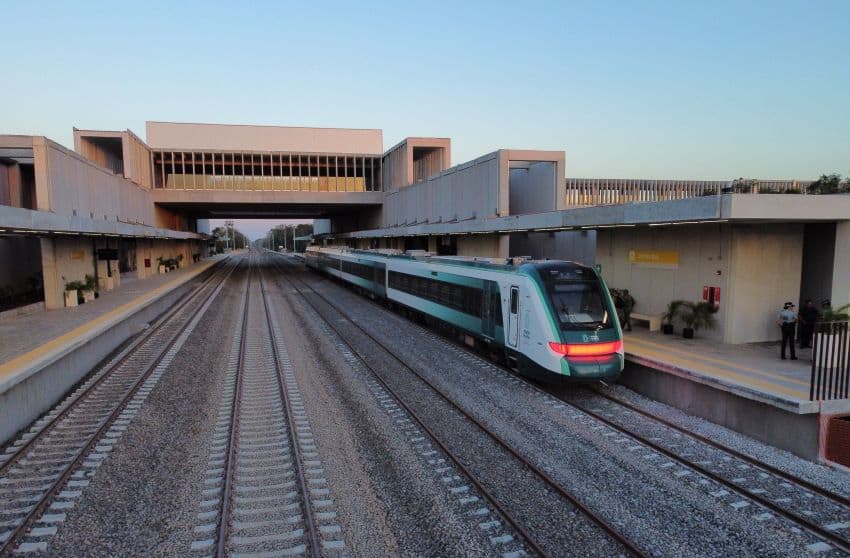
Some of the projects have been criticized on environmental grounds, or because they haven’t alleviated the problem they sought to ease, such as significantly reducing pressure on the Mexico City International Airport in the case of AIFA.
However, López Obrador has argued that the various government-built projects will help spur the Mexican economy and set up the country for a prosperous future.
Morena seized political control of most of Mexico
As Mexico News Daily previously reported, the National Regeneration Movement (Morena), the political party founded by López Obrador, has become Mexico’s most dominant political force in recent years.
After recently-elected governors are sworn in, Morena will govern 23 of Mexico’s 32 federal entities. When López Obrador was elected president on July 1, 2018, the party wasn’t in power in any of the country’s states.
Claudia Sheinbaum will head up Mexico’s second successive Morena party federal government after she takes office this Tuesday. She has pledged to build the “second story” of the “transformation” of Mexico initiated by López Obrador
The main reason for Morena’s remarkable electoral success is undoubtedly AMLO, who has remained popular throughout his presidency and whose policies are supported by tens of millions of Mexicans, including many of the nation’s most disadvantaged people.
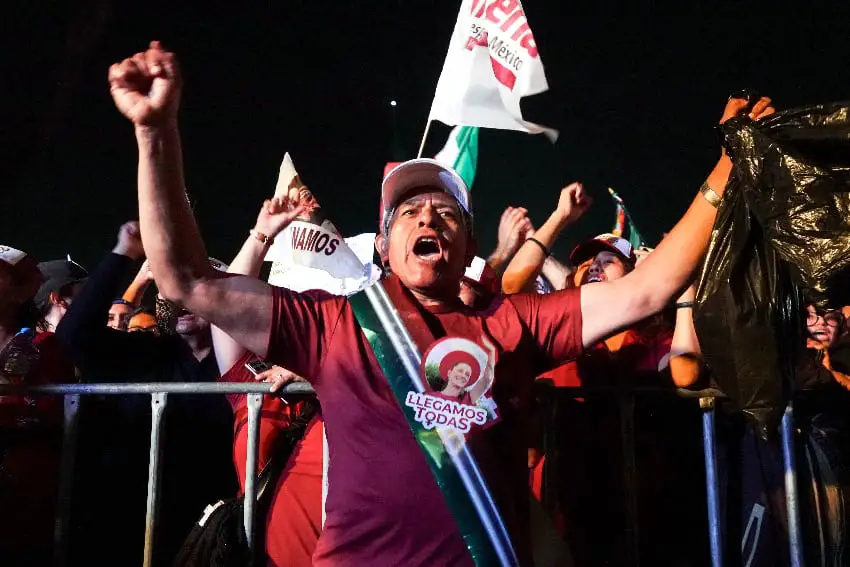
Homicides increased, then decreased
Murders increased early in López Obrador’s term, peaking at close to 37,000 in 2020, making that year Mexico’s most violent on record.
However, homicide numbers have decreased every year since then, falling to just over 31,000 in 2023, according to the national statistics agency INEGI, making last year the least violent year since 2016.
Nevertheless, in terms of total homicides, AMLO’s sexenio is the most violent on record, with close to 200,000 victims.
The president has blamed the high levels of violence on the security situation he inherited from his predecessors. He has been especially critical of the militarized “war” on drug cartels initiated by Calderón shortly after he took office in 2006.
López Obrador continued to use the military for public security tasks, but repeatedly stressed that his security strategy prioritized addressing the root causes of crime over combating criminals with force.
The military assumed more responsibility
In addition to carrying out public security tasks, Mexico’s armed forces took on a wide variety of other non-traditional jobs during López Obrador’s presidency.
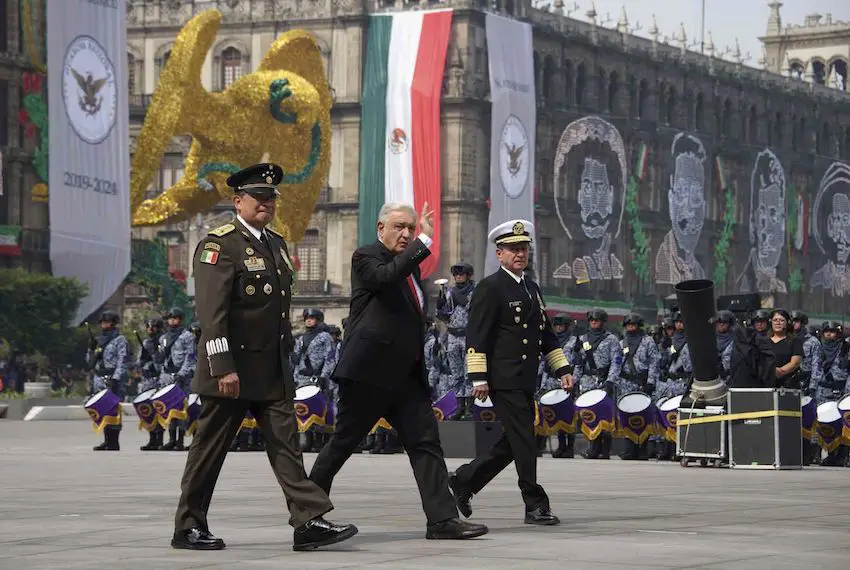
They included building some of the infrastructure projects listed above, managing ports, airports and customs offices and distributing vaccines during the COVID pandemic.
AMLO has denied claims that his heavy reliance on the military has resulted in the militarization, or increased militarization, of Mexico. He has expressed high levels of trust in the armed forces, even though the military has been accused of involvement in serious crimes, including the abduction and presumed murder of 43 students in Guerrero in 2014.
He fought for the repatriation of former defense minister Salvador Cienfuegos after his arrest in the United States in 2020 on drug trafficking and money laundering charges.
On Monday morning, López Obrador signed a decree to promulgate a constitutional bill that places the National Guard under the control of the Ministry of National Defense.
The bill was approved by both houses of the Morena-dominated Congress earlier this month, ensuring that the military will have even more responsibility – and power – during the federal government led by Claudia Sheinbaum.
Various constitutional changes were made
In addition to the judicial and National Guard reforms mentioned earlier, some other constitutional amendments were made during AMLO’s term as president.
The government repealed Peña Nieto’s education reform before enacting a new one, and also made changes to provisions in the constitution related to tax, welfare and health care.
López Obrador sent a large packet of constitutional reform proposals to Congress in February, including bills aimed at disbanding a number of autonomous government agencies, guaranteeing that annual minimum salary increases outpace inflation and banning fracking and genetically modified corn.
Most of AMLO’s 18 constitutional reform proposals will be considered during the sexenio of Sheinbaum, who has expressed support for many of the initiatives put forth by her political mentor.
By Mexico News Daily chief staff writer Peter Davies (peter.davies@mexiconewsdaily.com)
